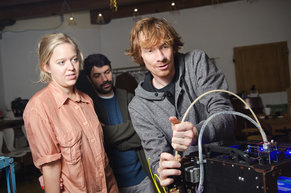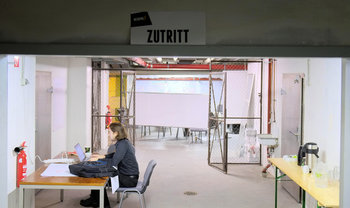
Arrow of Time
Time moves from past to present and is irreversible
Art for Art’s Sake
Art doesn’t answer to requirements or constraints.
Attractiveness Principle
Nothing is attractive to everyone.
Ban the Average
Design for everyone not the mythical average person.
Business as Usual
Continue normally as much as possible in the face of disruption.
Causality
Everything happens in a chain of cause and effect.
Complexity Hiding
Wrap complexity in things that hide it.
Do No Harm
Try to minimize your negative impact.
Equilibrium
Systems move to a state where opposing forces are in balance.
Fit for Purpose
Value is maximized where things suit their purpose without going too far.
Form follows Function
Functionality drives design and not the other way around.
Genius Loci
The idea that things should reflect the spirit of a place.
Inertia
Things continue with their speed and direction unless disrupted by an outside force.
Entropy
Things generally move towards greater complexity and disorder.
Interchangeable Parts
Design things with identical components that can be easily replaced.
Keep it Simple
All else being equal, simple beats complex.
Less is More
The mantra of minimalism and the idea that all things be reduced to their most austere and plain form.
Less is a Bore
The principle that complexity is valuable and interesting.
Essential Complexity
The principle that things be exactly as complex as they need to be.
Embrace the Mess
The real world is complex such that it is only pragmatic to work with complexity.
Economies of Scale
High volume typically allows for efficiency and lower unit cost.
Path of Least Resistance
People will usually go for comfort, convenience and the easy way to do things.
Principle of Least Effort
Make things easier and easier for the customer.
Principle of Least Astonishment
Don’t challenge convention unless you have something that is much more valuable.
Structure Follows Strategy
Design your organization and systems to support your strategy and not the other way around.
There’s More Than One Way To Do It
There’s no perfect solution or decision just many good ones.
Think Global, Act Local
Consider the broader impact of your actions.
Worse is Better
Avoid perfectionism.
Opportunity Cost
The cost of one choice is foregoing your next best choice.
Fail Forward
Seek value in failure.
Fail Well
Design experiments that fail quickly, cheaply and safely if they do fail.
Appreciative Inquiry
Look for things that are working well and scale them.





































